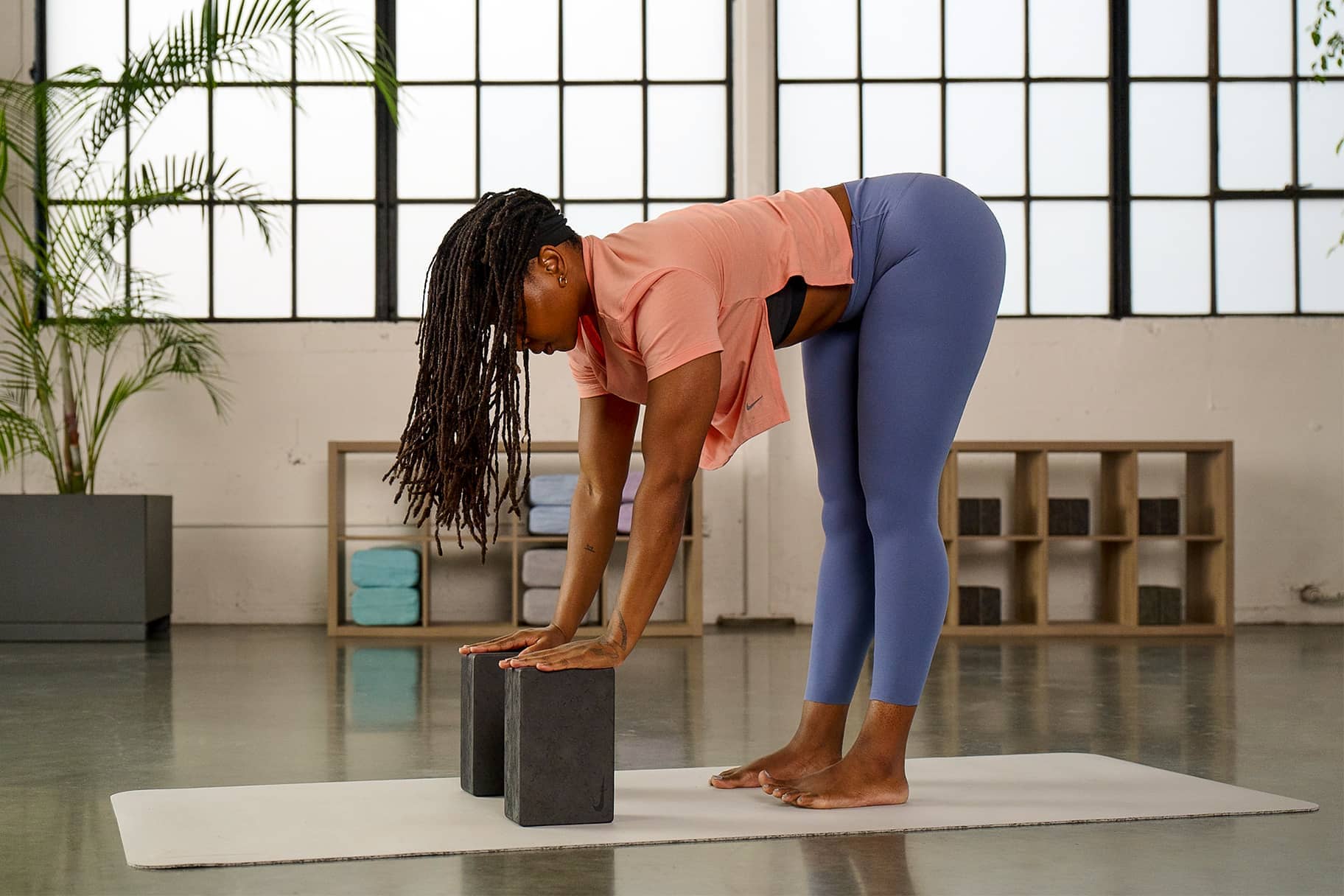Yoga is an ancient practice that originated in India. It has gained widespread popularity in recent years as a holistic approach to health and wellness. Beyond its physical benefits, yoga encompasses a rich tapestry of spiritual, mental, and emotional growth. In this comprehensive guide, we delve into the transformative power of yoga and exploring its history. Additionally, philosophy, various styles, and the myriad benefits it offers to practitioners of all levels. Nowadays there are many adaptations to modernize yoga, like naked yoga or hot yoga, to widen the perspective of benefits.
History and Philosophy of Yoga
Yoga traces its roots back to ancient India, with the earliest mentions dating back to around 500 BCE in the sacred texts known as the Vedas. The word “yoga” itself comes from the Sanskrit word “yuj,” meaning to yoke or unite, reflecting its aim of achieving union between the mind, body, and spirit.
The philosophical underpinnings of yoga are encapsulated in the Yoga Sutras of Patanjali, a seminal text composed around 400 CE. Patanjali outlines the Eight Limbs of Yoga, which serve as a guide for living a meaningful and purposeful life. These limbs include ethical guidelines (yamas and niyamas), physical postures (asanas), breath control (pranayama), withdrawal of the senses (pratyahara), concentration (dharana), meditation (dhyana), and ultimate absorption (samadhi).
Styles of Yoga
Yoga has evolved over centuries, leading to the development of numerous styles and approaches, each with its own emphasis and focus. Some of the most popular styles include:
:max_bytes(150000):strip_icc()/Stocksy_txp35f99a2eKb6300_Medium_3271355-fb417f0d8a9a4f959edec6e0dfb83c34.jpg) Credit: Byrdie
Credit: Byrdie
- Hatha Yoga: A foundational style that emphasizes physical postures (asanas) and breath control (pranayama). It is often considered a gentle introduction to yoga.
- Vinyasa Yoga: Characterized by flowing sequences of poses that are synchronized with breath, vinyasa yoga offers a dynamic and energetic practice.
- Ashtanga Yoga: A rigorous and structured style that follows a specific sequence of poses, Ashtanga yoga focuses on breath, movement, and internal heat generation.
- Kundalini Yoga: Incorporating dynamic movements, breathwork, meditation, and chanting, Kundalini yoga aims to awaken the dormant energy at the base of the spine and promote spiritual growth.
- Naked Yoga: Naked yoga is a form of yoga practice in which participants perform yoga poses without wearing clothing. Originating from the belief that nudity fosters a deeper connection to one’s body and spirit, naked yoga encourages practitioners to embrace vulnerability and authenticity while exploring the depths of their physical and emotional selves. Naked yoga classes may vary in style and focus, but they typically incorporate traditional yoga postures, breathwork, and meditation techniques..
- Hot Yoga: Hot yoga, also known as Bikram yoga or heated involves performing a series of yoga postures in a room heated to elevated temperatures, typically ranging from 95 to 105 degrees Fahrenheit (35 to 40 degrees Celsius), with high humidity levels.The combination of heat and movement facilitates increased flexibility, detoxification, and enhanced cardiovascular conditioning.
Benefits of Yoga
The benefits of yoga extend far beyond the physical realm, encompassing mental, emotional, and spiritual well-being. Some of the key benefits include:
 Credit: Yoganatomy
Credit: Yoganatomy
- Improved Flexibility and Strength: Regular practice of yoga postures helps to increase flexibility and strength, leading to better posture and reduced risk of injury.
- Stress Reduction: Yoga encourages relaxation and mindfulness, helping to alleviate stress and anxiety by promoting a state of calm and inner peace.
- Enhanced Mental Clarity: Through breathwork and meditation, yoga cultivates mental focus and clarity, sharpening cognitive function and promoting emotional balance.
- Increased Body Awareness: Yoga encourages practitioners to tune into their bodies, fostering a deeper understanding of physical sensations and promoting self-awareness.
- Emotional Healing: Yoga provides a safe space for emotional expression and release, helping individuals process and cope with difficult emotions.
- Spiritual Growth: For many practitioners, yoga serves as a spiritual path, offering opportunities for self-discovery, inner transformation, and connection to a higher power or consciousness.
Practical Tips for Starting a Yoga Practice
If you’re new to yoga or looking to deepen your practice, here are some practical tips to get started:
 Credit: Wikipedia
Credit: Wikipedia
- Find a Style That Resonates: Explore different styles of yoga to find one that aligns with your preferences and goals.
- Start Slowly: Begin with beginner-friendly classes or introductory videos to learn the basics of yoga postures and breathwork.
- Listen to Your Body: Honor your body’s limitations and avoid pushing yourself beyond your comfort zone. Yoga is not about perfection but rather about self-acceptance and self-care.
- Establish a Regular Practice: Consistency is key to reaping the benefits of yoga. Set aside dedicated time each day or week for your practice, even if it’s just a few minutes of breathing exercises or gentle stretching.
- Seek Guidance: Consider taking classes with a qualified instructor or joining a supportive community to receive guidance and feedback on your practice.
Items you might find useful
While practicing yoga, some individuals use different items to support their movements.
 Credit: Nike
Credit: Nike
- Yoga blogs: Yoga blogs are, especially for beginners, a good item if you are still not that flexible. It supports the positions some can not quite get into, because of lack of flexibility and strength.
- Yoga mat: A yoga mat is another essential while practicing yoga. It offers cushioning and support, while doing the movements. Additionally, using your own yoga mat ensures that you are practicing on a clean surface.
Conclusion
Yoga offers a holistic approach to health and wellness, encompassing physical, mental, emotional, and spiritual dimensions. From older ways like hatha yoga to naked yoga, over the years yoga has developed by the influence of science. Whether you’re seeking improved flexibility, stress relief, or spiritual growth, yoga has something to offer for everyone. By embracing the principles of yoga and committing to a regular practice, you can experience profound transformation and cultivate a greater sense of well-being in all aspects of your life.
If you liked this post, you might also like: